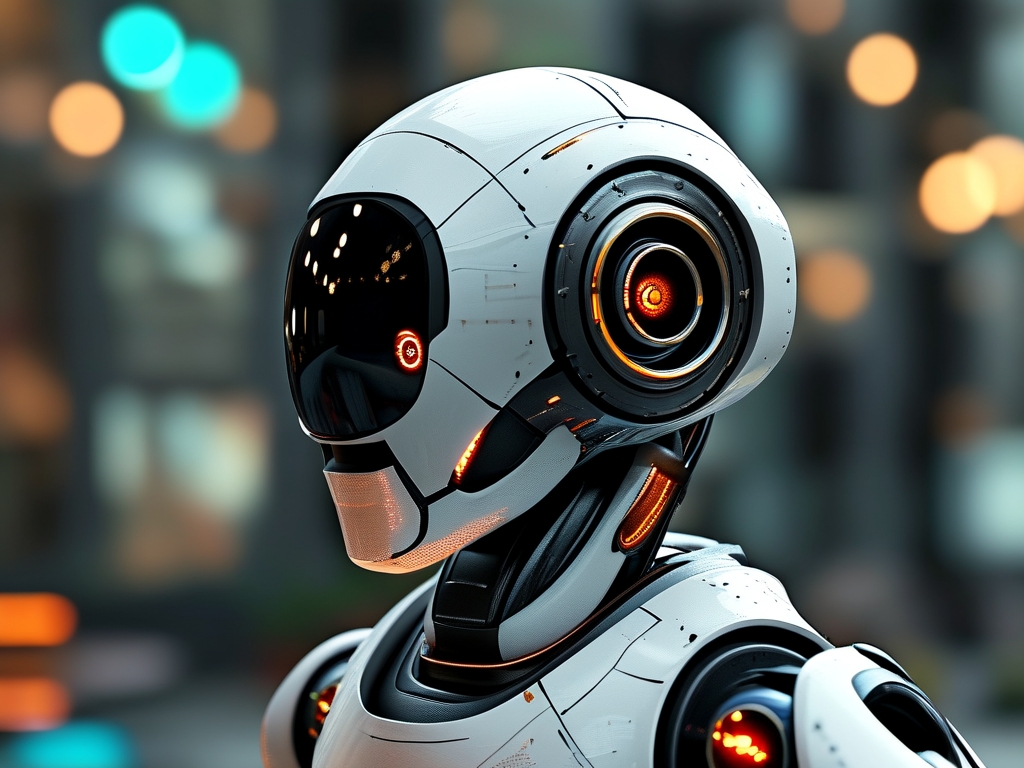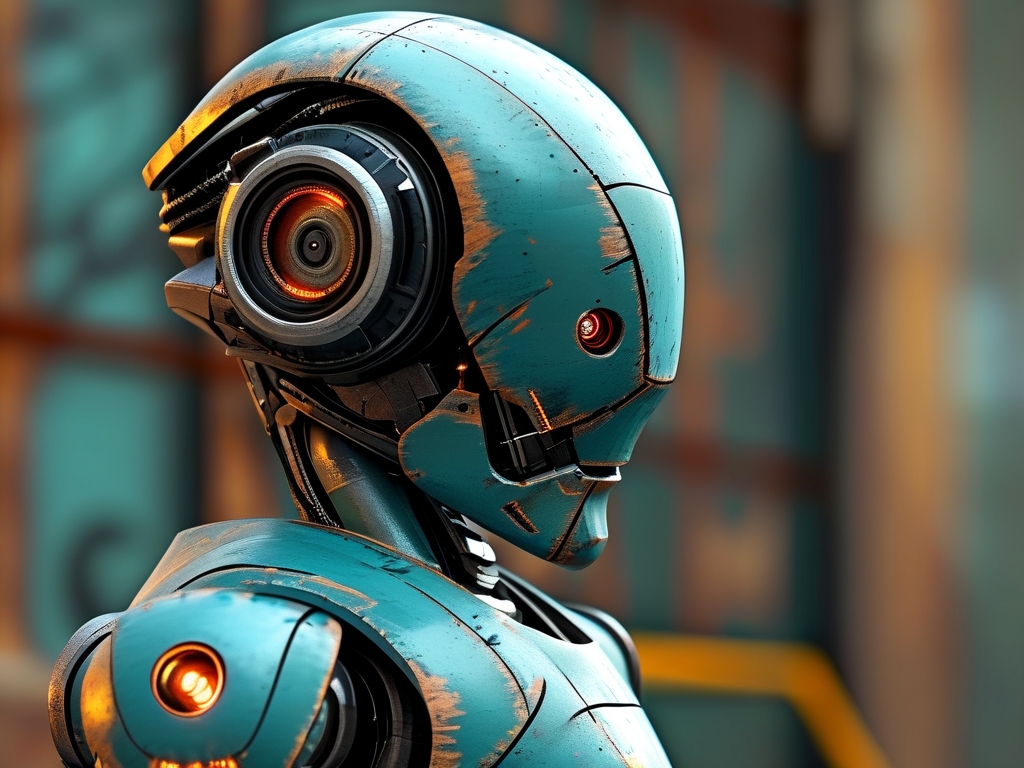In the rapidly evolving field of robotics, achieving precise synchronization among multiple robots has become a cornerstone for applications ranging from industrial automation to swarm robotics. Synchronization ensures that robots operate cohesively, share real-time data, and execute tasks with minimal latency. This article explores the technical essentials of robotic synchronization, focusing on critical aspects such as communication protocols, timing accuracy, motion coordination, and error-handling mechanisms.
1. The Importance of Synchronization in Robotics
Synchronization is vital for scenarios where robots must collaborate seamlessly. For example, in a manufacturing assembly line, robotic arms must coordinate movements to avoid collisions while handling components. Similarly, in drone swarms, synchronized flight paths are essential for maintaining formation and executing complex maneuvers. Poor synchronization can lead to system failures, inefficiencies, or safety hazards.
2. Core Technical Components
a. Time Synchronization Protocols
Accurate timing is the foundation of synchronization. Technologies like the Network Time Protocol (NTP) and Precision Time Protocol (PTP) ensure clocks across robots are aligned at the microsecond level. PTP, in particular, is favored in industrial settings due to its sub-microsecond precision, enabling tight coordination in high-speed tasks.
b. Motion Planning and Trajectory Alignment
Robots must align their trajectories to avoid conflicts. Advanced algorithms, such as centralized motion planners (e.g., global optimization frameworks) and decentralized approaches (e.g., consensus-based algorithms), enable dynamic path adjustments. For instance, decentralized systems allow robots to adapt locally while maintaining global objectives, reducing computational overhead.

c. Communication Infrastructure
Low-latency, high-reliability communication is non-negotiable. Wireless protocols like 5G, Wi-Fi 6, and Zigbee offer varying trade-offs between bandwidth and range. In environments with interference, Time-Slotted Channel Hopping (TSCH) mitigates signal degradation by dynamically switching frequencies.
d. Sensor Fusion and Feedback Loops
Integrating data from cameras, LiDAR, and inertial measurement units (IMUs) requires robust sensor fusion techniques. Kalman filters and machine learning models help reconcile discrepancies between sensors, ensuring robots share a unified perception of their environment. Real-time feedback loops then enable immediate corrections during task execution.
e. Fault Tolerance and Recovery
Synchronized systems must handle disruptions gracefully. Techniques like redundant communication pathways and self-healing algorithms allow robots to reroute tasks if a node fails. For example, if one robot in a swarm loses connectivity, others can redistribute its workload autonomously.
3. Case Study: Synchronized Robotic Warehousing
Amazon’s robotic fulfillment centers exemplify synchronization in action. Thousands of autonomous mobile robots (AMRs) navigate warehouses using a centralized control system. Key technical elements include:
- Real-time inventory tracking: Robots receive instant updates on item locations.
- Collision avoidance: Algorithms prioritize path adjustments without halting operations.
- Scalability: The system dynamically allocates tasks based on robot availability and proximity.
4. Challenges and Future Directions
Despite advancements, challenges persist:
- Latency in large-scale systems: As robot numbers grow, maintaining low-latency communication becomes harder.
- Energy efficiency: Synchronization protocols must balance precision with power consumption.
- Security risks: Coordinated systems are vulnerable to cyberattacks, necessitating encrypted communication.
Future innovations may leverage edge computing to decentralize processing and quantum communication for ultra-secure data transfer. Additionally, AI-driven predictive synchronization could anticipate disruptions before they occur.

5.
Robotic synchronization is a multidisciplinary challenge requiring expertise in networking, control theory, and software engineering. As applications expand into areas like autonomous vehicles and medical robotics, mastering these technical essentials will define the next generation of intelligent systems. By prioritizing precision, adaptability, and resilience, engineers can unlock the full potential of collaborative robotics.





